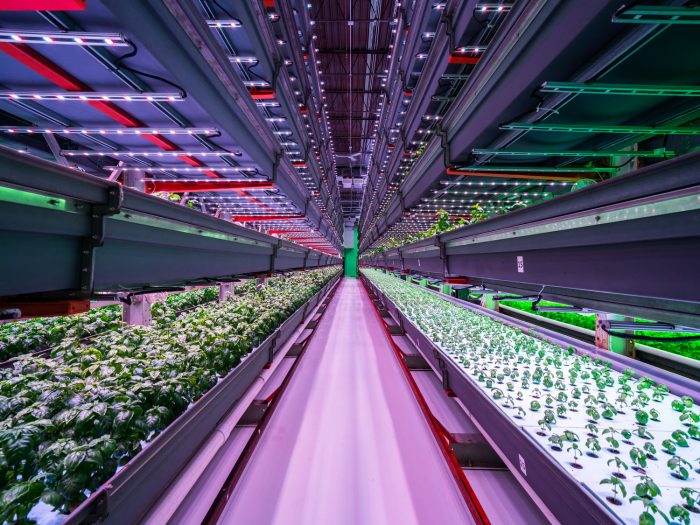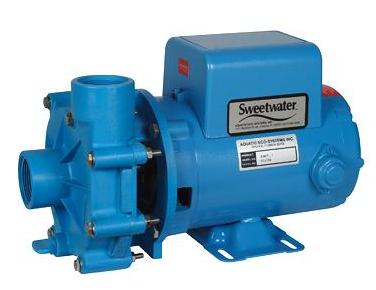Learn The Ins and Outs Of Indoors and Vertical Aquaponics! Part 4
For parts 1 through 3 click these links:
Part 1
Part 2
Part 3
Vertical Aquaponics, Part 4:
First, some additional reading to round out your knowledge of the issues involved in vertical and indoors farming: here’s a link to download a scholarly critique by Stan Cox and David Van Tassel, plant breeding researchers at The Land Institute in Salina, Kansas (www.landinstitute.org), of Dickson Despommier’s claims that vertical farming is the answer to our current struggle to produce enough food with conventional farming.
How Many Plants Do You Need To Be Profitable?
In our last Part, we talked about the relative efficiency of the different kinds of lights available, and how inefficient lights result in a huge electric bill AND a huge air conditioning unit and bill.
We concluded that 40%-+ efficient LED’s were pretty much the only ones you can afford, because they’re the only ones that result in the absolute minimum of air conditioning required (if that sounds confusing, just re-read Part 3, above). It turns out that buying air conditioning and electricity to make up for using inefficient LED lights can really break your bank and bankrupt your farm!
In this Part, we’ll discuss how many plants you need to have in your space for it to be profitable. The most comprehensive way to show that information is a spreadsheet of an indoors aquaponics operation in a building of about 10,000 square feet, which you can download using the link below:
Click on this link to download the data in spreadsheet form.
For those of you who don’t “do” spreadsheets, we offer an example of how this works:
First, your farm has fixed costs for the building (either rent or mortgage), things like insurance, property tax, signage, advertising and marketing, accounting and legal expenses, and depreciation. Together they are referred to as fixed costs or “overhead”: that is, you have these expenses even if you don’t produce a single head of lettuce! They are expenses that don’t directly contribute to the production of a profit.
Your farm has other expenses too: these are usually called “operating expenses”, and are things directly connected to, and in proportion with, what is being produced. These are expenses such as seeds, potting mix, fish fingerlings, fish food, labor and management wages and benefits, electricity, water and natural gas, packaging, shipping your products to the buyer, and so on.
It’s obvious that if you add all your overhead costs and all your operating costs for a year, then divide by the dollar value of the plants you sold in a year (not produced, not the same thing at all!), then you’ll have an accurate picture of what it cost to produce each plant you sold. If you sold the plants for more than the total of your operating and overhead expenses, then you made a profit.
What’s not quite so obvious is that the more plants you have in your growing space, the less each plant costs you to grow. This is because your overhead costs you less per plant. If you have 100 plants and a yearly overhead of $10,000, then each plant costs you $100 worth of overhead to grow; obviously not a profitable business!
If you’ve got 40,000 plants with the same overhead, then your overhead per plant is 25 cents. Now it’s much more likely you can make a profit. You still need to add in the operating expense to get an accurate picture of your cost per plant. But operating expenses work in a similar fashion to overhead: the more plants you grow on a certain amount of operating expense, the less each plants costs, and the more likely you are to make a profit.
Where are we going with this? Just trying to show you how important it is that your proposed vertical or indoors growing technology have a minimum plant density per square foot of building area, or there’s no chance of it ever being profitable.
In our spreadsheet example, our growing technology holds 17.67 plants per square foot of building floor space, or a total of 176,700 plants in 10,000 square feet. This includes all plants at all stages of growth: those in the rafts as well as those in the sprouting tables. Check this number against the number of plants your proposed growing technology holds per square foot.
If yours is less, I’d be concerned. If it’s half or less, then feel free to give us a call. But we’ll show you exactly how we get that many plants in this small an area (using our CAD drawings of this facility) in one of our next Parts of this series.
(Below) Some not-efficient LED’s that help the Chicago indoor aquaponics farm Farmed Here go bankrupt in March 2017.
We’ll show you how to design a profitable indoors growing facility, and how you get that many plants in an indoors grow in Part 5 of this series!

